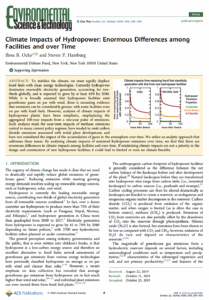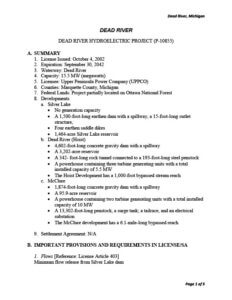Prioritizing dam removal and river restoration: an update on federal legislation
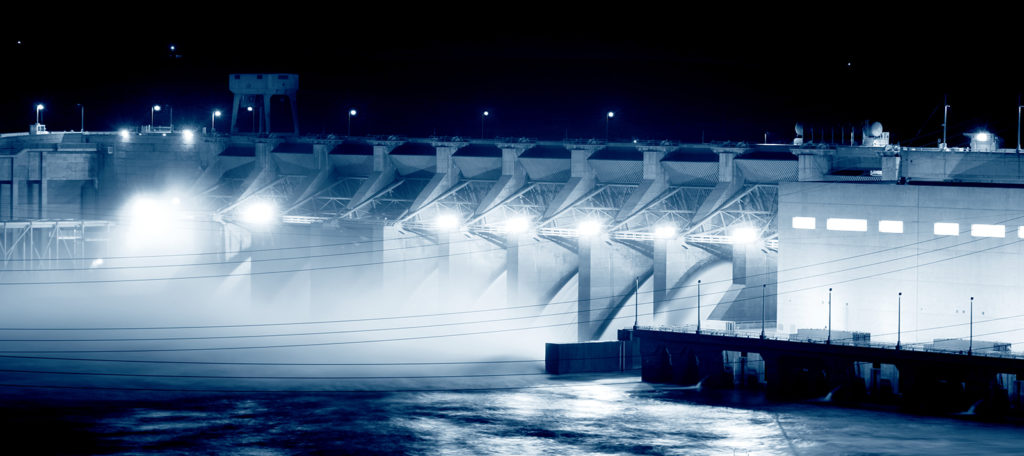
There are major efforts underway that would have a transformational impact on river health, removing dams and restoring healthy, free-flowing rivers nationwide. American Rivers is a strong advocate for both the 21st Century Dams Act and the removal of the four dams on the lower Snake River as top priorities for Congress and the Biden Administration.
While these are separate efforts, they have grown from a consistent philosophy that we must balance hydropower and healthy rivers.
The bipartisan 21st Century Dams Act includes provisions applicable to the majority of the 90,000+ dams in the country but does not include funding to remove hydropower dams owned by the federal government, as those dams generally need individual authorization and legislation.
The proposal to remove the four federal dams on the lower Snake River addresses the urgent needs in the Columbia Basin with that individual negotiated approach. Both efforts are necessary and timely, as Congress and the Biden Administration consider national infrastructure investments.
Why is it urgent for Congress and the Biden administration to address dams now? Dams have devastated river health nationwide, impacting rivers, fish and wildlife populations, and cultural resources. As dams age and flood magnitudes increase with climate change, many dams become public safety hazards. Dams are infrastructure and should be part of any federal infrastructure legislation.
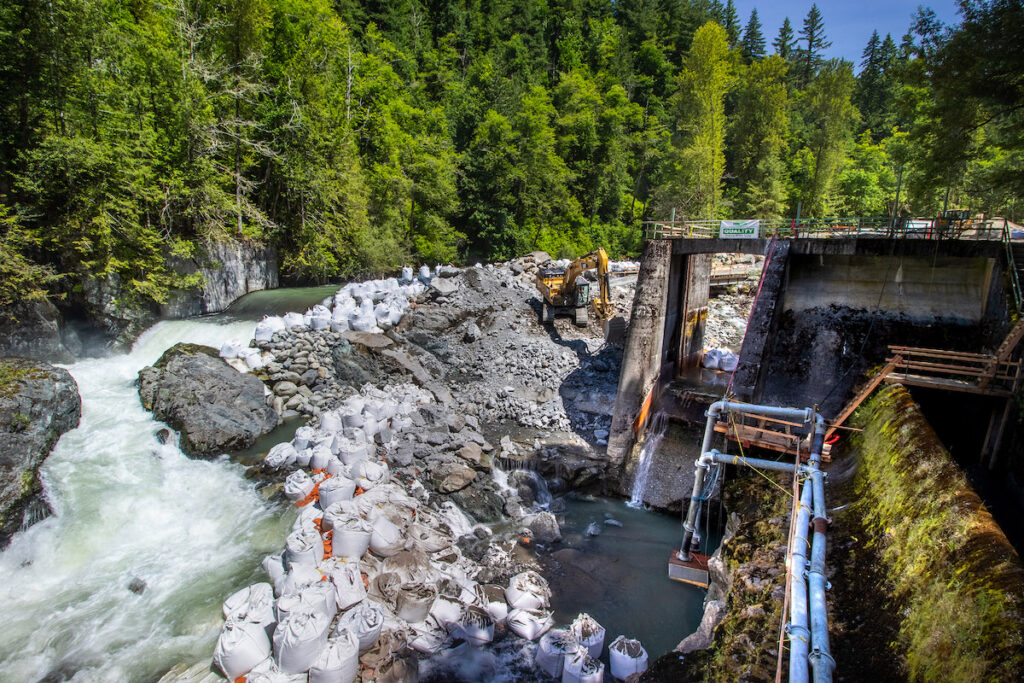
In the Pacific Northwest hydropower plays a more significant role in the energy mix than in any other region of the country. There are roughly 150 hydro projects in the Columbia Basin alone. The damming of rivers has devastated salmon runs and the Indigenous people who depend on salmon for their food, culture and livelihood. Many salmon and steelhead runs and other culturally significant aquatic species are now endangered or extinct. The entire web of life, from cedar trees to eagles to orcas, is suffering the impacts.
As we confront climate change, which poses an existential threat to life on our planet, it is critical that we balance our energy needs with our need for healthy rivers. We’re making progress on three fronts
The 21st Century Dams Act
Representative Annie Kuster (NH-02) introduced the 21st Century Dams Act that advances the environmental, safety, and economic benefits of healthy rivers and charts a course for hydropower in our nation’s future. The bill, which provides $24.8 billion in spending over 5 years, is designed to accelerate the rehabilitation, retrofit, or removal of the nation’s more than 90,000 dams. Rep. Kuster was joined by Representatives Don Young (AK-AL), Kim Schrier M.D. (WA-08), Julia Brownley (CA-26), Jared Huffman (CA-02), Debbie Dingell (MI-12), Emanuel Cleaver (MO-05), Nanette Diaz Barragán (CA-44), Bonnie Watson Coleman (NJ-12), and Scott Peters (CA-52) in introducing this legislation. Sen. Dianne Feinstein (D-CA) introduced companion legislation in the Senate, together with Alex Padilla (D-CA), Ron Wyden (D-OR), Debbie Stabenow (D-MI), Gary Peters (D-MI), Kirsten Gillibrand (D-NY) and Michael Bennet (D-CO).
American Rivers played a key role in crafting the legislation, with vital partnership from organizations including the Association of State Dam Safety Officials, American Whitewater, Trout Unlimited, The Nature Conservancy, Hydropower Reform Coalition, Low-Impact Hydropower Institute, National Hydropower Association, and others.
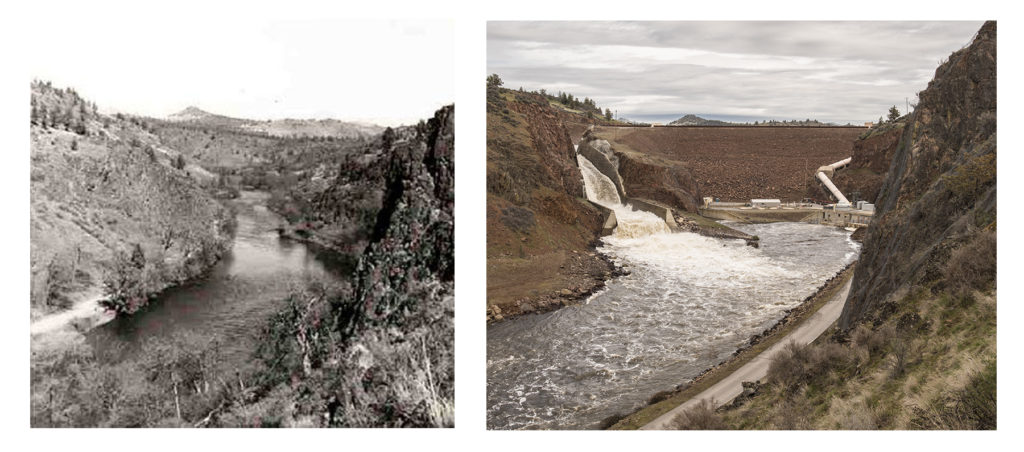
If enacted, the bill – which is not focused on any particular U.S. dam, river or region – would reopen more than 10,000 miles of rivers and enhance their climate resilience by removing 1,000 dams, and also rehabilitating hundreds of the nation’s most hazardous dams. The legislation would also secure the nation’s existing hydropower dams by improving their performance, resilience, and safety. Additionally, it would provide a significant investment in existing federal dams to enhance environmental performance and improve dam safety. Collectively, these efforts will support or create approximately 450,000 jobs.
National infrastructure legislation
The bipartisan infrastructure bill that the Senate passed earlier this month contains critical investments for clean water and rivers The infrastructure bill includes $1.6 billion for dam removal and dam safety — a necessary down payment for restoring healthy, free-flowing rivers and protecting communities from outdated, dangerous dams. It does not include the full funding for dam removal, retrofits and rehabilitation provided by the 21st Century Dams Act, but it’s an important step. Additionally, there is $743 million included for hydropower dams to do environmental improvements, dam safety, or grid resilience projects.
Snake River Salmon Recovery
Based on their staggering cost — financial, ecological and cultural — the four federal dams on Washington’s lower Snake River should be removed. The overwhelming scientific evidence states that the only way to stem the slide toward extinction and recover Snake River salmon and steelhead is to remove these four dams.
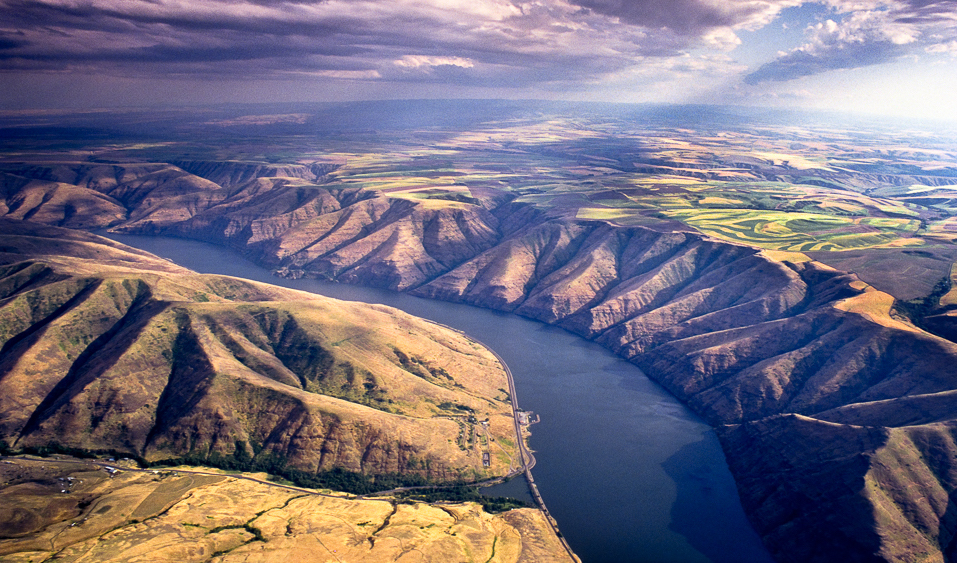
Native American tribes across the Northwest are advocating for a Snake River salmon recovery solution that includes lower Snake dam removal along with robust investments in clean energy, transportation and agricultural infrastructure. We stand with the tribes and fully support their efforts.
American Rivers is calling on Northwest leaders and the Biden administration to take immediate action and secure funding for these solutions in the 117th Congress. Salmon and communities cannot wait any longer. It’s why we named the Snake River America’s Most Endangered River® for 2021. The time for action is now.
We encourage our partners and supporters to contact their members of Congress to support these legislative efforts, all of which embrace pragmatic problem solving to restore rivers, chart a course for hydropower and strengthen communities.
The post Prioritizing dam removal and river restoration: an update on federal legislation appeared first on American Rivers.

